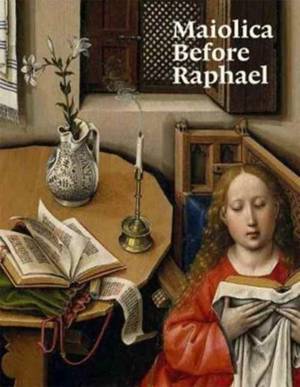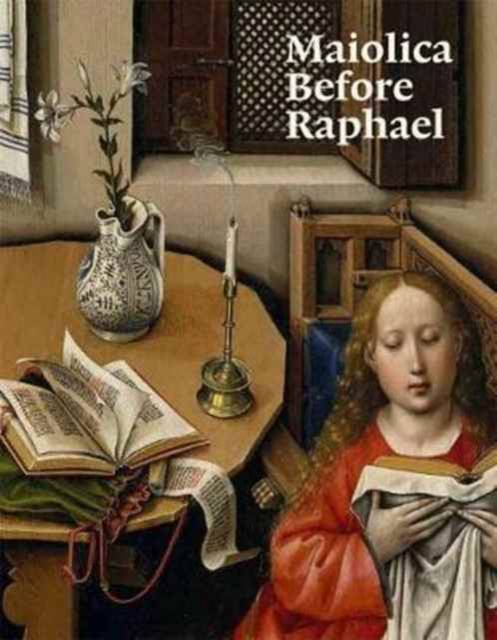
- Afhalen na 1 uur in een winkel met voorraad
- Gratis thuislevering in België vanaf € 30
- Ruim aanbod met 7 miljoen producten
- Afhalen na 1 uur in een winkel met voorraad
- Gratis thuislevering in België vanaf € 30
- Ruim aanbod met 7 miljoen producten
Zoeken
€ 54,45
+ 54 punten
Omschrijving
Maiolica before the age of Raphael examines the origin of Italian maiolica and its evolution from c. 1350 up until 1500, a period which engendered some of the most rapid and exciting innovations in all ceramic art, before maiolica's better known heyday in the High Renaissance. High Renaissance maiolica, produced in Italy in the orbit of Raphael and other artists, is widely known and has been extensively studied. This istoriato, or narrative, maiolica graces the collections of many of the world's greatest museums. But not for almost 100 years has attention been focused on magnificent works that preceded it in the 14th and 15th centuries, which were at times prized by contemporary patrons more highly than precious metals. This new publication refocuses the spotlight of contemporary scholarship onto the birth of design in Italian maiolica, and its evolution from c. 1350 up until 1500. It was during this formative period that its characteristic tin-based glaze, with the pure and brilliant white surface it offered the late-medieval potter, engendered some of the most rapid and exciting innovations in all ceramic art. Potters began to decorate the surfaces of their earthenware vessels (of an increasingly varied spectrum of shapes and forms) with squirming, meticulous designs of unparalleled ingenuity and expression that incorporated multisensory influences from luxury contemporary textiles, metalwork, and exotic lustreware from Islamic Spain. Illustrating and describing in-depth over forty rare objects from the foremost centers of production that have survived in private hands, this catalogue discusses the spread and evolution of the medium, as well as the history of collecting and the changing taste for Italian pre-Renaissance pottery during the nineteenth and twentieth centuries.
Specificaties
Betrokkenen
- Auteur(s):
- Uitgeverij:
Inhoud
- Aantal bladzijden:
- 200
- Taal:
- Engels
Eigenschappen
- Productcode (EAN):
- 9781911300205
- Verschijningsdatum:
- 4/05/2017
- Uitvoering:
- Paperback
- Formaat:
- Trade paperback (VS)
- Afmetingen:
- 241 mm x 315 mm
- Gewicht:
- 1696 g

Alleen bij Standaard Boekhandel
+ 54 punten op je klantenkaart van Standaard Boekhandel
Beoordelingen
We publiceren alleen reviews die voldoen aan de voorwaarden voor reviews. Bekijk onze voorwaarden voor reviews.











